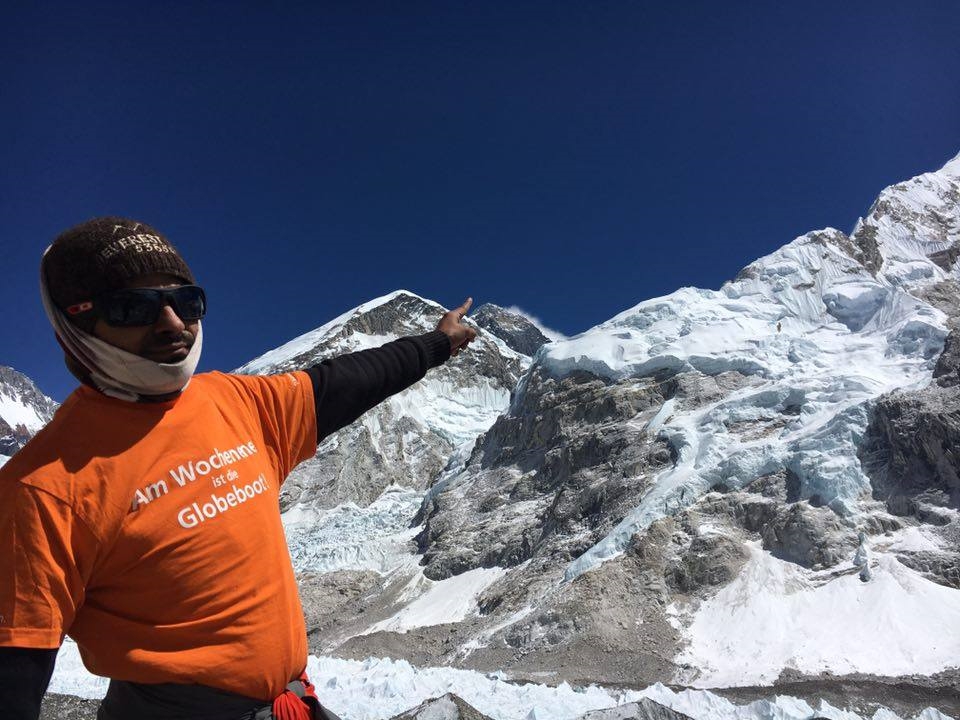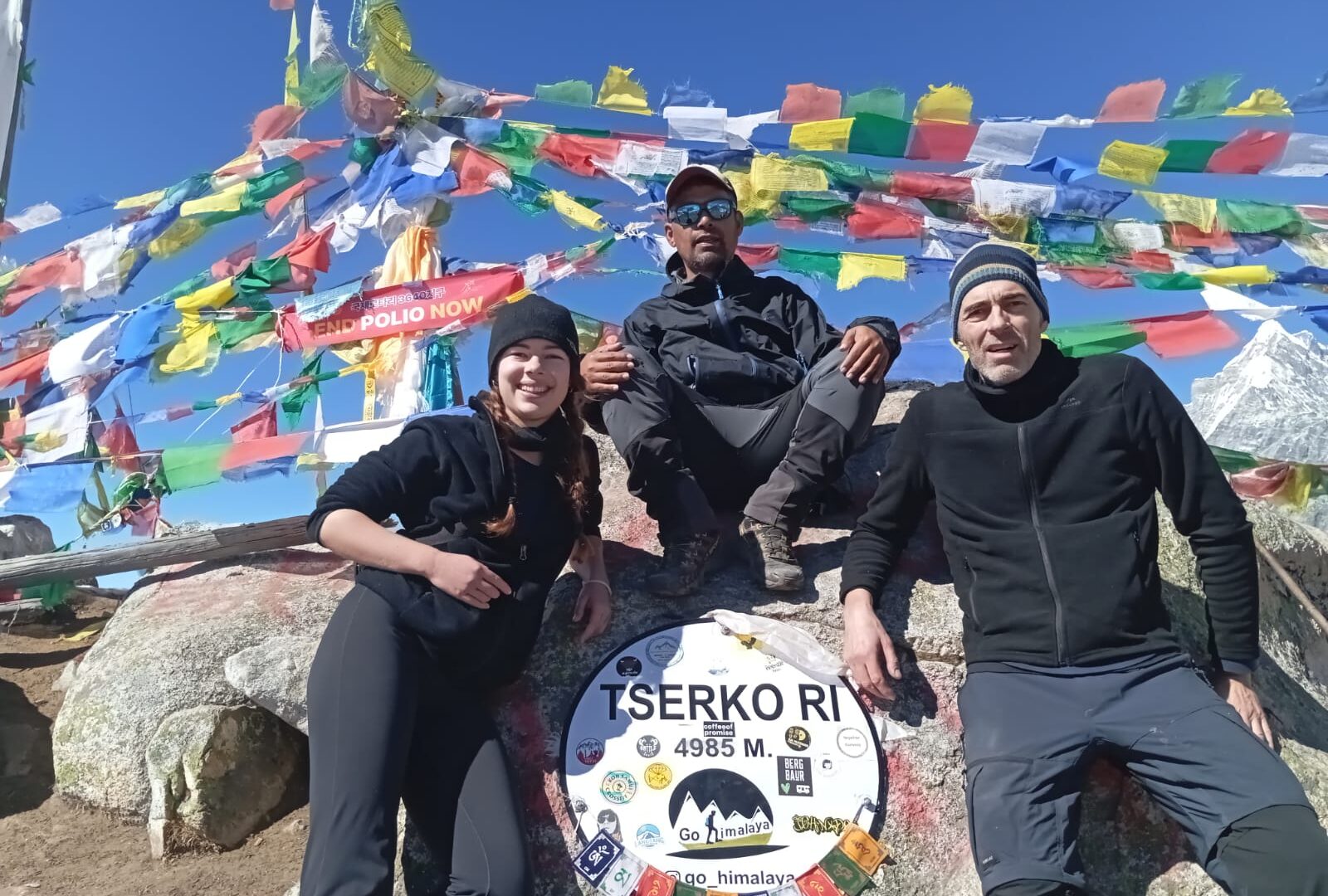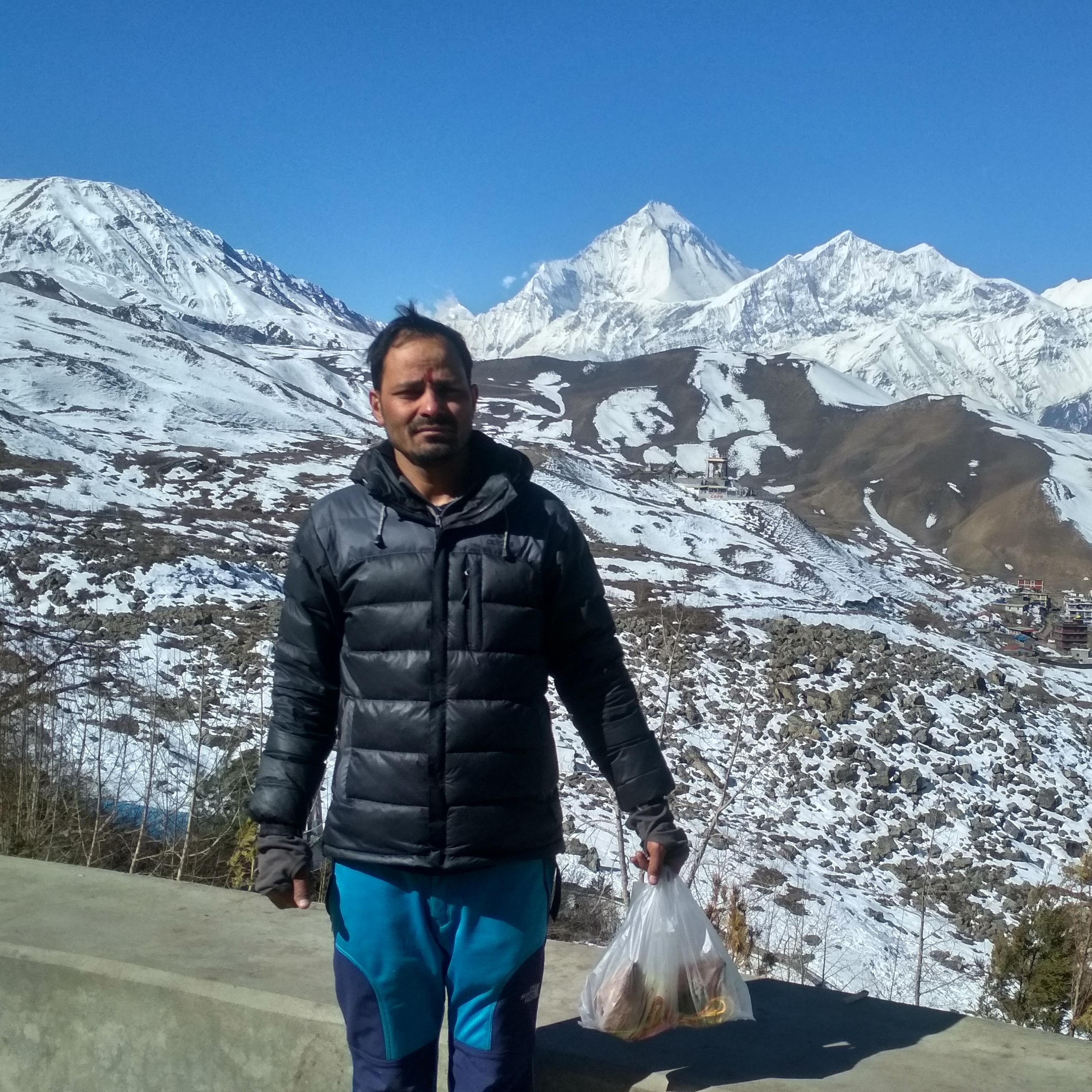Langtang Valley Trek
Langtang Valley Trek Highlights
- At 7227 meters, Langtang Lirung is the highest peak in the region.
- The chance to communicate with the Tibetan and Tamang communities in the area.
- Travels via the Langtang National Park, which is home to a number of uncommon and threatened animal species.
- Explore the Buddhist village and monastery known as Kyanjin Gompa. From Kyanjin Ri (4773 m), take in breath-taking views of the surrounding peaks.
- Provides breathtaking views of the snow-capped peaks of Gangchempo (6387 m), Dorje Lakpa (6966 m), and Langtang Luring (7227 m).
- Discover the customs, way of life, and friendly hospitality of the locals.
- Explore Buddhist prayer flags and prayer wheels while touring historic monasteries.
Trekking routes like Langtang Valley Trek and a natural setting can be found in the Himalayan valley of Langtang Valley, located in the north-central Nepalese mountains. The Langtang National Park, which was created in 1976 to preserve the rare plants and animals as well as the unspoiled environment, is home to the Langtang Valley. It is the first mountainous park surrounding the Nepal Himalayas. Red pandas, Himalayan black bears, snow leopards, wild dogs, ghoral, serow, and over 250 different species of birds are just a few of the park’s well-known inhabitants. Similar to this, there are many different climatic zones in the park, ranging from subtropical to alpine. There are many amazing day hikes with breathtaking views that can be done from this little mountain town. Trekking in the Himalayas is best experienced on this route, which offers breathtaking scenery and vibrant culture.The more than a thousand plants, various mammals, and 150 species of birds are its most well-known features. The Langtang region is home to Nepal’s first Himalayan national park, which was established in 1971. In contrast to Everest Base Camp, the Manaslu Circuit, and Annapurna Base Camp, the trekking trails in Langtang Valley are simple and short. One of the most talked about aspects of this walk is the breathtaking view from Kyanjin Ri hill. There is about 25% forest in the park. Among the trees are maple, deciduous oak, and evergreens like pine and rhododendron. You might come across musk deer, Himalayan red pandas, Langur monkeys, as well as a variety of butterflies and birds, while hiking the trail.
The trek starts with a beautiful drive through Trishuli Bazaar and along the Trishuli River north of Kathmandu. After that, we’ll travel to Dhunche and ultimately Syabru Bensi, a Sherpa village and the locals’ farmlands. Known as the “valley of glacier trek,” Langtang valley is located 19 miles north of Kathmandu.
The Langtang region’s numerous snow glaciers are one of its main draws. It is one of the glacier-richest regions of Nepal, with over 70 glacier basins. The well-known holy lake Gosainkunda is located in the Langtang area. Trekking trails are made even more thrilling by high mountain passes. Heavenly beauty can be found in the Langtang valley due to its natural beauty. The Langtang valley is renowned for being a treasure trove of alpine flora, and in the summer, the entire valley is blanketed in blossoms.
Climate and best season to visit
While nights and temperatures at higher elevations become unpredictable, lower village average daytime temperatures during the Langtang Valley Trek range from 10°C to 20°C.
In terms of weather and convenience, the best seasons for the Langtang Valley Trek are spring and fall. While the monsoon and summer months provide breathtaking views of the mountains, the paths can be treacherous and occasionally landslides obstruct the trekking route.
The best seasons for trekking are, however, spring and fall, when it’s sunny and warm throughout the day and cool at night. Above all, there’s a good chance the blessed charm of the Langtang Valley will win you over. So this eventually means that every season is tailor- made for being on this particular trekking journey.
Key points about the Langtang Valley Trek
Compared to the Everest Base Camp Trek and the Annapurna Circuit, the circuit route is less crowded.
There are numerous tea houses along the route where you can spend lovely nights in cozy beds with blankets, delicious meals, refreshing showers, and convenient charging stations for gadgets and cameras.
Drive-up access to the trailhead eliminates the need for costly domestic airfare.
Since you can hike up to Kyanjin Ri and Tserko Ri, we believe it’s important to spend at least three nights at Kyanjin Gompa so you can enjoy yourself to the fullest.
Altitude sickness
Altitude sickness can strike anyone trekking in the Langtang valley, even though it is extremely unlikely to happen to those who started at sea level. It could be challenging for your body to adapt to the higher altitudes. In actuality, altitude sickness is not a fixed condition. It is understandable to all. Therefore, it is always preferable to take the required precautions to avoid it.
Upon experiencing altitude sickness during your trek, please notify your guide and fellow group members right away. You will receive first aid right away from your guide. After that, don’t try to climb any higher. Spend the entire day at rest.If the symptoms do not go away after proper rest and medication, you should go back down to lower altitudes.
Travel Insurance
Travel insurance is required for any trek in Nepal, including the Langtang Valley Trek. There will be high-altitude trekking during the trip, which could be hazardous and physically taxing. In the event of an accident, a medical emergency, a delayed or canceled flight, or lost or stolen luggage, travel insurance can provide financial protection. Make sure your travel insurance for the Langtang trek includes coverage for emergency helicopter evacuation and high-altitude trekking.
Guide and Porter
To ensure safety and make the most of your time, it is always advised to trek with a knowledgeable, experienced, licensed guide or to join a trekking agency (Nepal Holiday Treks and Tours Pvt. Ltd.).
A guide can improve your trip experience without sacrificing safety because they are knowledgeable about the terrain, have excellent safety performance, and always carry the necessary safety equipment, first aid kits, and other gear. You are therefore welcome to join us if you would like to hire an experienced trekking guide who is insured and licensed.
Foods and Accommodation
In the mountains and in isolated villages, lodging is typically simple and unassuming. The room, shower, and restrooms are shared by two people. Although the accommodations at the mountain tea house are simple, with just a bed, pillow, and blankets, the view is breathtaking.
Tea shops, huts, and lodges typically offer a wide variety of mouthwatering meals that cater to the different tastes of hikers, including Nepali, Indian, Italian, Tibetan, and continental fare. Since the local cook will only use vegetables from the area, every dish will have a distinctively local flavor.
Langtang Valley Trek Itinerary
Arrival at Kathmandu and Transfer to Hotel
Drive to Syabrubesi from Kathmandu (80 km / 49 miles, 7-8 hr drive)
Trek to lama hotel from Syabrubesi (11.3 km / 7 miles, 4-5 hr walk)
Trek to Langtang valley from Lama Hotel (14.8 km / 9.1 miles, 6-7 hr walk)
Trek to Kyanjin Gomba from Langtang Valley (6.8 km / 4.2 miles, 4-5 hr walk)
Rest day at Kyanjin Gomba / Hike to Kyanjin-Ri (4773 m)
Trek Back to Lama Hotel from Kyanjin Gomba (21.6 km / 13.4 miles, 7-8 hr walk)
Trek to Syaprubesi from Lama Hotel (11.3 km / 7 miles, 4-5 hr walk)
Drive to Kathmandu from Syaprubesi
Departure at Tribhuvan International Airport
Langtang Valley Trek Inclusions
What's included
- Local bus cost (Kathmandu-Syabrubesi-Kathmandu)
- Accommodation in selected tea houses during trek
- 3 meals a day (breakfast, lunch, dinner) and 3 cups of tea or coffee during the trek
- An experienced English-speaking trekking guide having a government license holder
- Salary, insurance, equipment, food and lodging for guide
- National park permit, and TIMS cards
- Medical support kit box
- All government taxes and company service charge
- Farewell Dinner (Nepalese Cuisine)
Add-ons
What's not included
- International airfare and visa fees
- Lunch and dinner in Kathmandu
- Personal expenses of bar and beverage bills, wifi, hot shower, bottle of water, extra porters, laundry or any other things which are not mentioned by the company
- Your trekking gears and extra nights in a certain destination
- Your travel insurance which should include the emergency rescue
- Tips for your guide and porters
- Entrance fees during the sightseeing
- Extra expenses due to any event such as strikes, weather conditions, or flight delays
Langtang Valley Trek FAQs
How high is the Langtang Lirung himal?
The Langtang Lirung is a well-known peak in the Langtang Himal range that rises to a height of roughly 23,711 feet (7,227 meters) above sea level.
What types of fauna we see during the Langtang trek?
Trekkers can come across a variety of wildlife on the Langtang Valley trek, such as red pandas, musk deer, Himalayan tahrs, langur monkeys, and Himalayan monal and blood pheasant birds.
Can we see the old Langtang Village during the trek?
Indeed, while hiking through the Langtang Valley, hikers can see the ruins of the old Langtang Village.
What types of vehicles do we drive to Syabrubesi and back?
The kind of vehicle used for the journey to and from Syabrubesi is determined by the itinerary's specified trip cost and other variables, including the size of the group. Private cars or similar vehicles such as Land Cruisers are generally preferred for smaller groups due to their comfort and convenience. If your group is larger than eight, you can choose to travel in comfort on coaches or buses that have porters and guides to help you along the way. Local buses, on the other hand, are an option for tourists on a tight budget, though they take a lot longer—roughly 7-8 hours—to get to and from Syabrubesi.




